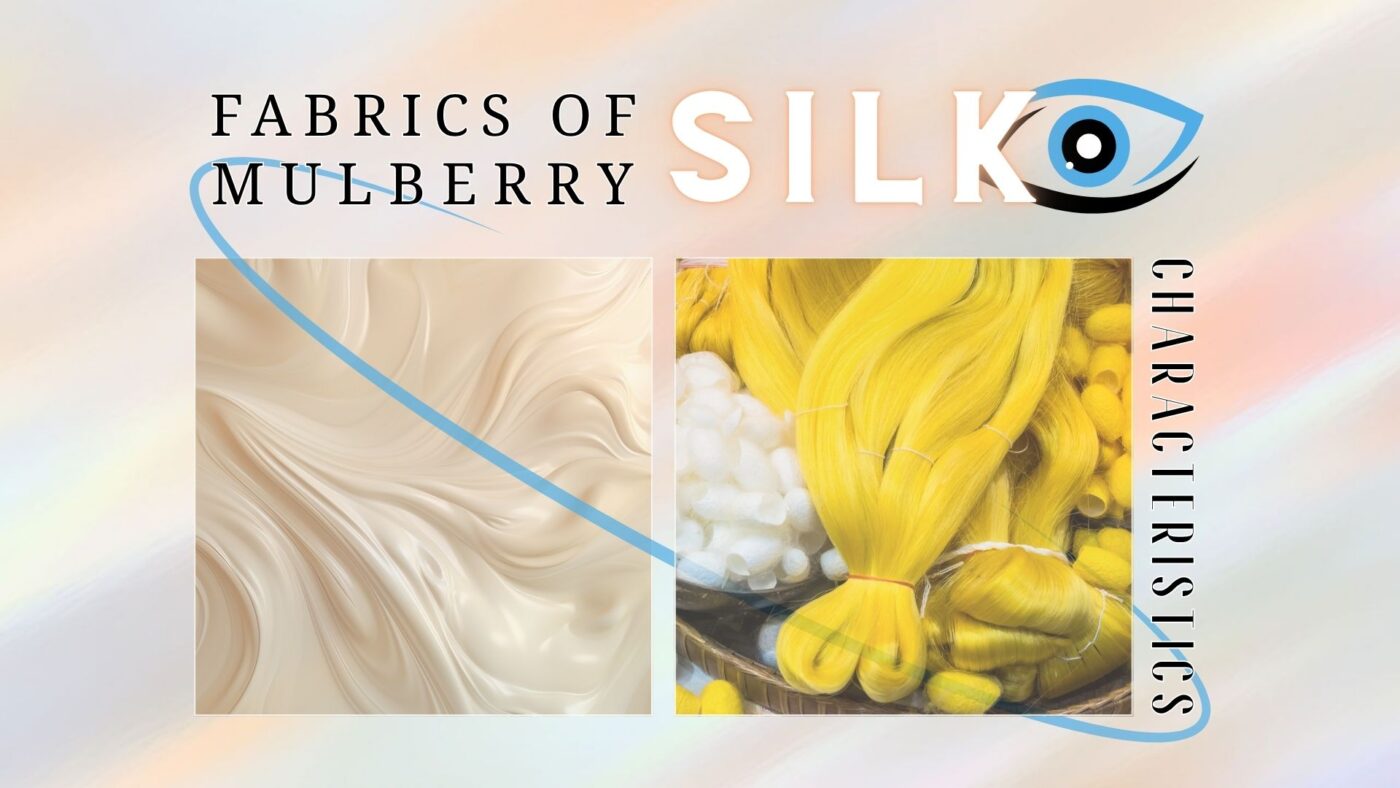Blog
Discover 9 Types of Silk Fabrics
Silk has been synonymous with luxury and elegance for centuries. From its origins as a prized fabric reserved for royalty to its modern-day applications in fashion and décor, silk continues to captivate the world with its natural beauty and versatility. The different types of silk fabrics each have their own unique characteristics, making them suitable for a wide range of uses—from everyday wear to formal attire and traditional garments.
In this comprehensive guide, we’ll explore the most popular types of silk fabrics, their features, and how to choose the perfect silk for your needs.
Table of Contents
What Makes Silk So Special?
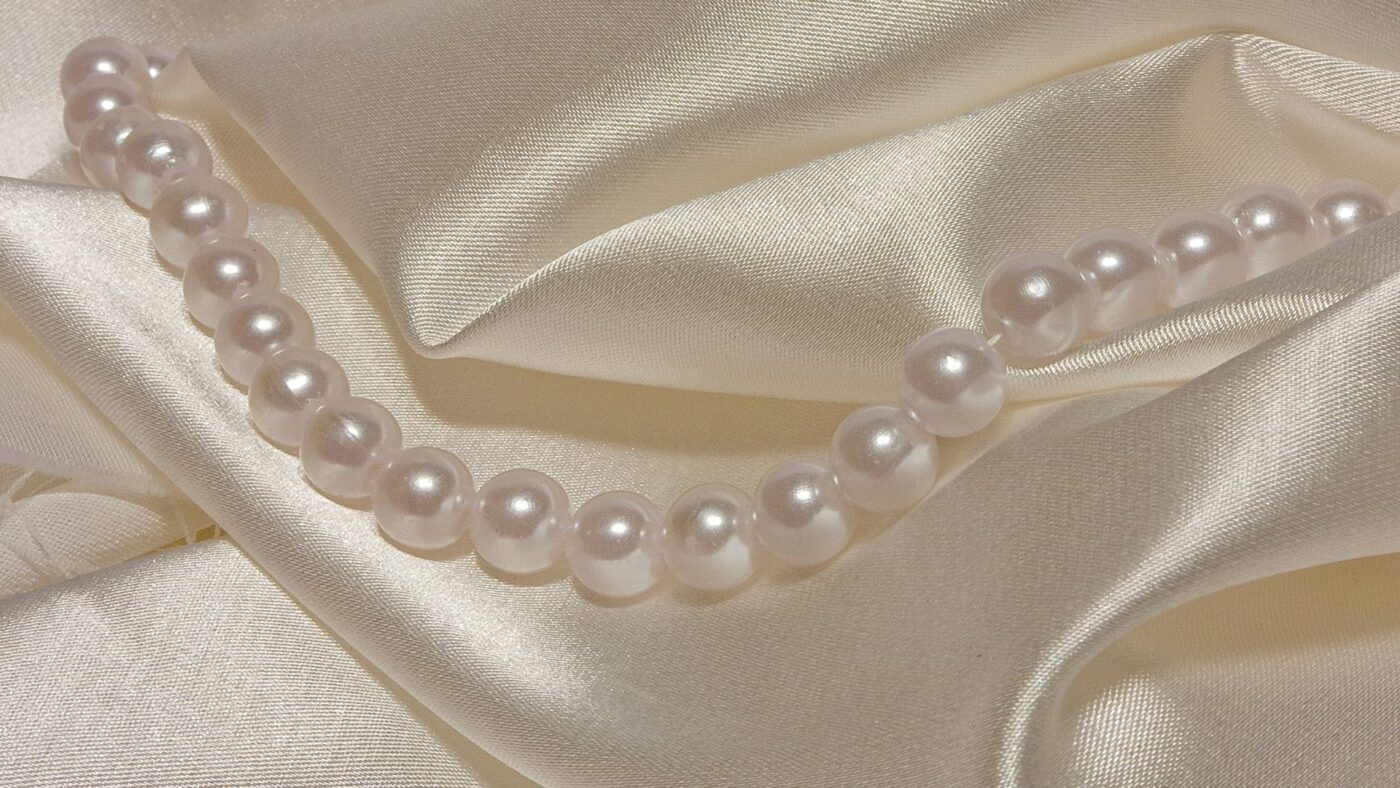
Silk is a natural protein fiber produced by silkworms, with the highest quality silk – mulberry silk – coming from worms fed exclusively on mulberry leaves. This natural fiber is loved for its luxurious softness, durability, and stunning sheen. Its hypoallergenic and breathable properties make it not only beautiful but also practical for clothing and bedding.
Among the many varieties of silk fabrics, each is woven differently, creating distinct textures, weights, and appearances. Whether you’re looking for something lightweight and flowy or structured and glossy, there’s a type of silk fabric that fits your needs perfectly.
Types of Silk Fabrics
Let’s dive into the most popular types of silk fabrics, their unique qualities, and where they are used.
Satin Silk
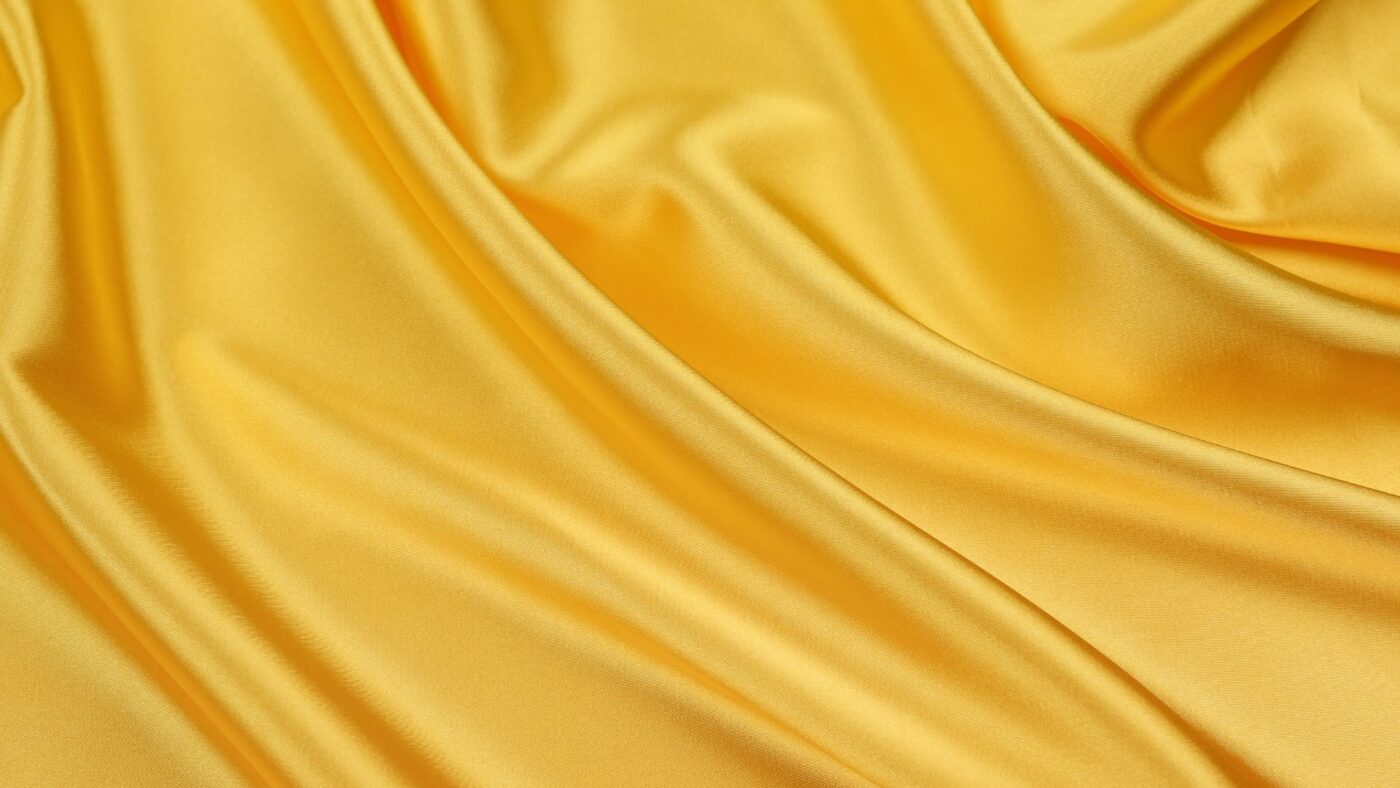
Satin silk is perhaps the most recognized types of silk fabrics, known for its smooth, glossy surface and soft drape. It’s created using a particular weaving technique that gives one side of the fabric its signature shine, while the other side remains matte.
This fabric is ideal for formal clothing such as gowns, evening dresses, and traditional Vietnamese ao dai. Its luxurious texture also makes it a popular choice for lingerie, pajamas, and bedding.
Satin silk gives an effortlessly elegant look, making it perfect for occasions where sophistication is key.
Chiffon Silk
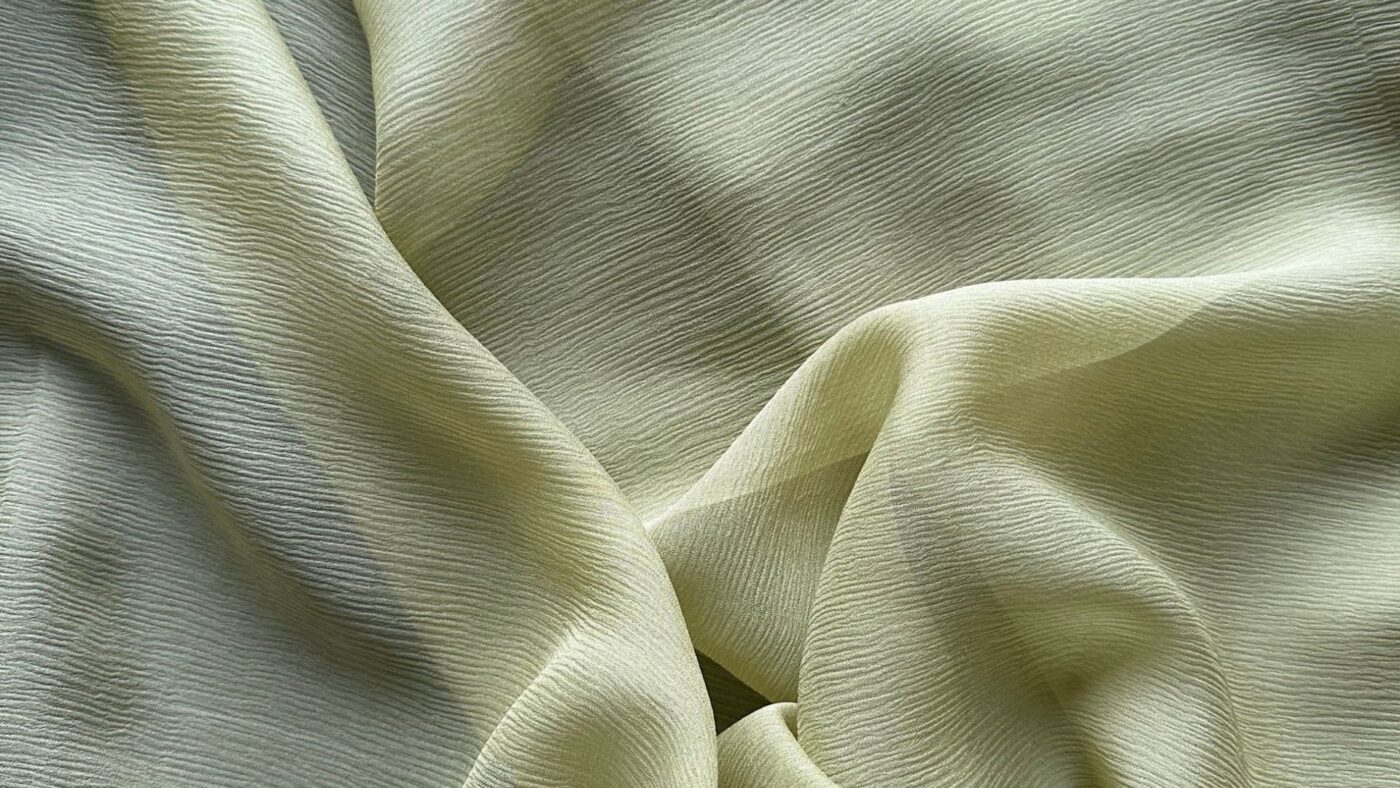
Chiffon silk is lightweight, sheer, and airy, with a slightly rough texture due to its loose weave. Despite its delicate appearance, it’s surprisingly durable.
This fabric is often used for summer dresses, blouses, scarves, and bridal veils, adding a romantic and ethereal quality to any outfit.
Chiffon silk is a favorite for layered garments, creating dimension and movement with its flowing nature.
Organza Silk
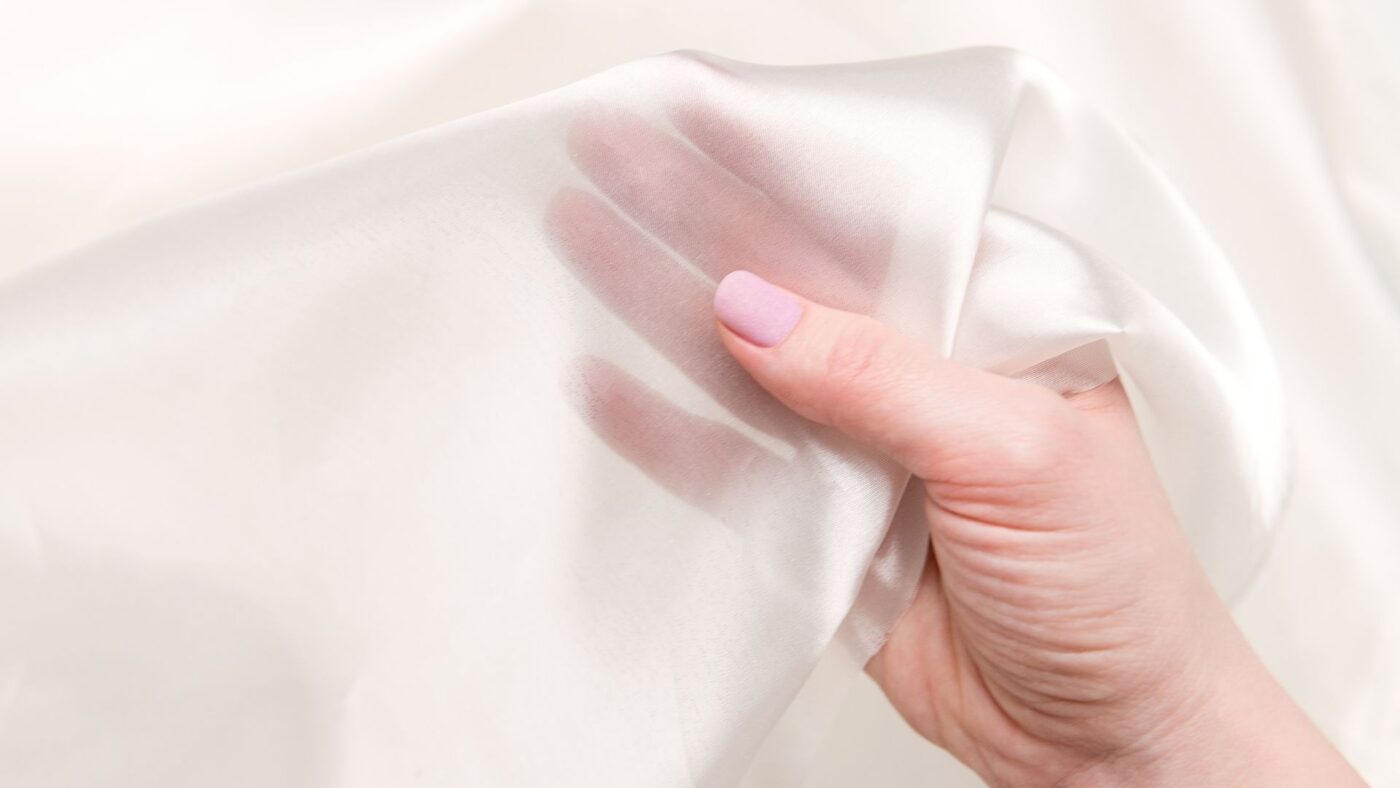
Organza silk is a thin, transparent fabric that holds its shape well thanks to its slightly stiff texture.
It is commonly used in wedding dresses, evening gowns, and decorative elements, creating a dramatic and elegant effect.
Organza’s ability to hold volume makes it ideal for designs that require a touch of grandeur.
Crepe Silk
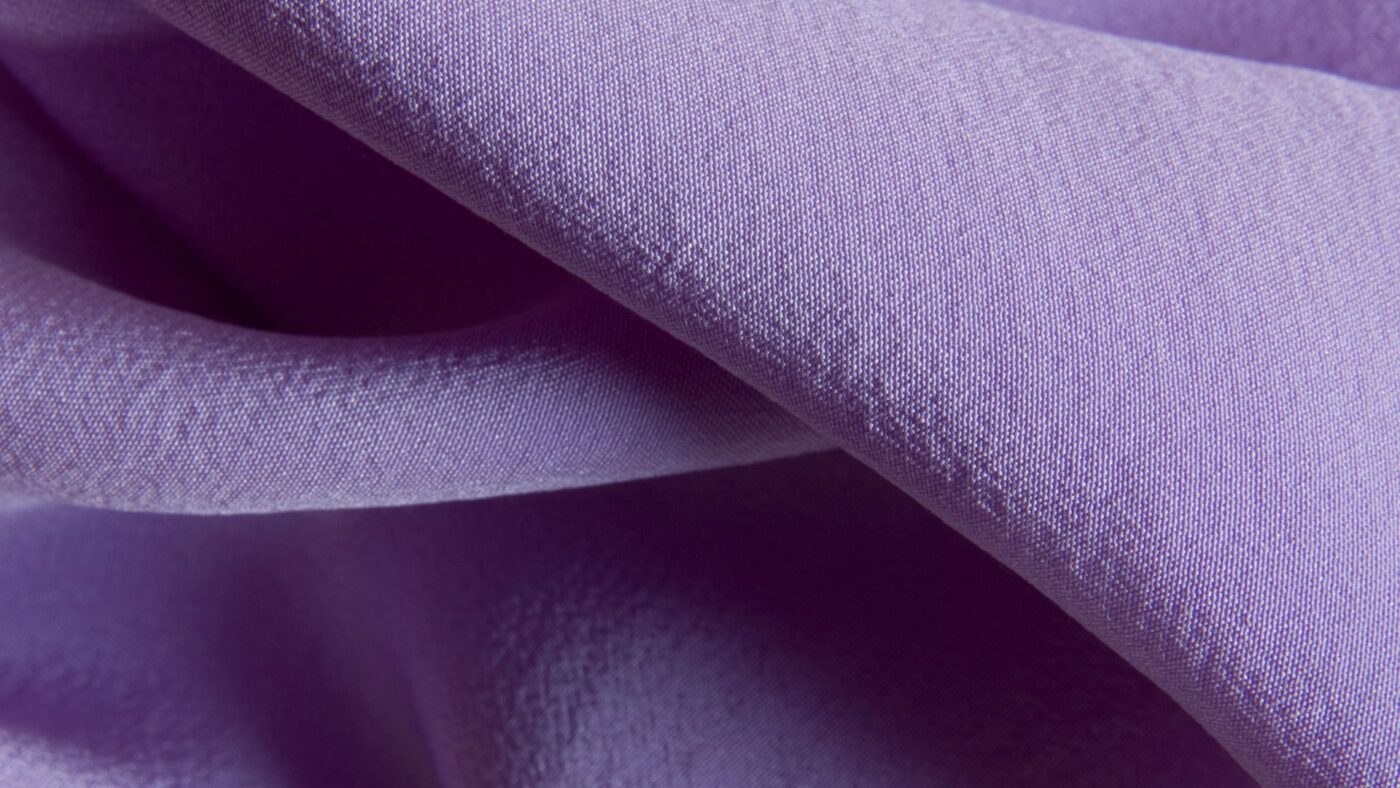
Crepe silk has a slightly crinkled texture with a matte finish. It is lightweight, soft, and drapes beautifully.
This fabric is perfect for dresses, blouses, skirts, and formal wear like evening gowns.
Crepe silk offers a modern and flattering look, making it a versatile choice for various occasions.
Jacquard Silk
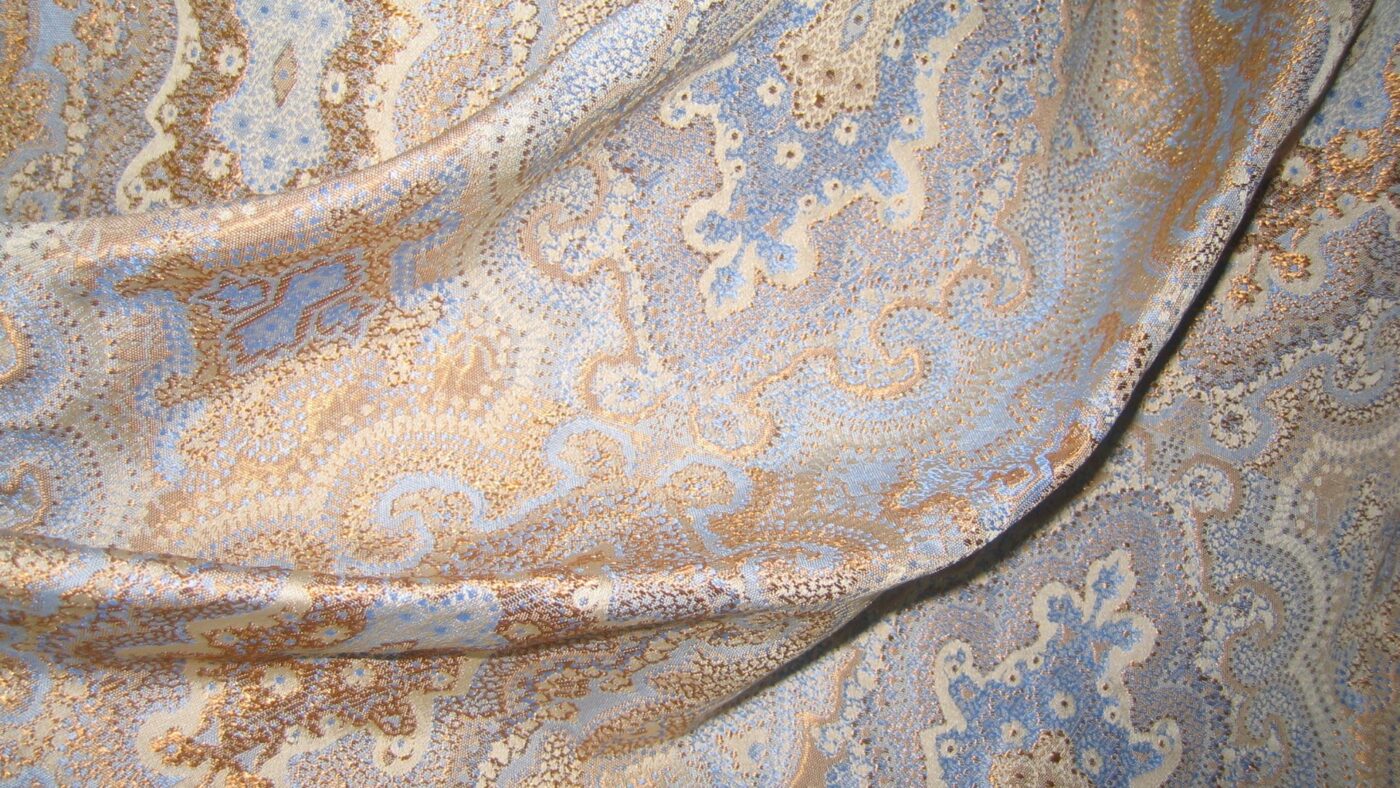
Jacquard silk is woven with intricate patterns that are part of the fabric itself, giving it a luxurious and textured appearance.
It is ideal for traditional clothing like Vietnamese ao dai, upholstery, and high-fashion garments.
The patterns and textures of jacquard silk give it a regal and timeless appeal.
Taffeta Silk
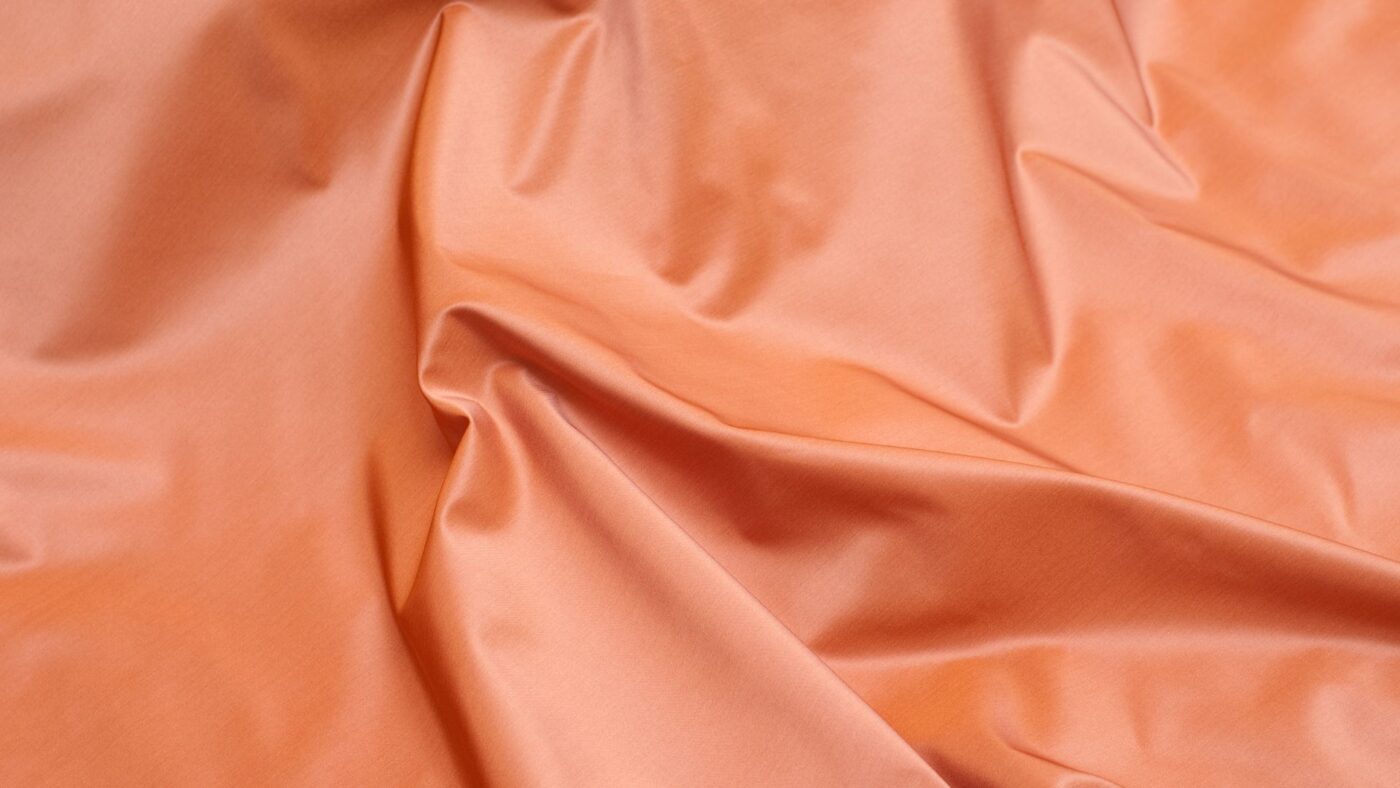
Taffeta silk is crisp, smooth, and slightly stiff, with a subtle sheen that adds elegance to any design.
It is frequently used for wedding dresses, evening gowns, and even home décor like curtains.
Taffeta silk’s ability to hold shape makes it a favorite for voluminous and dramatic designs.
Raw Silk
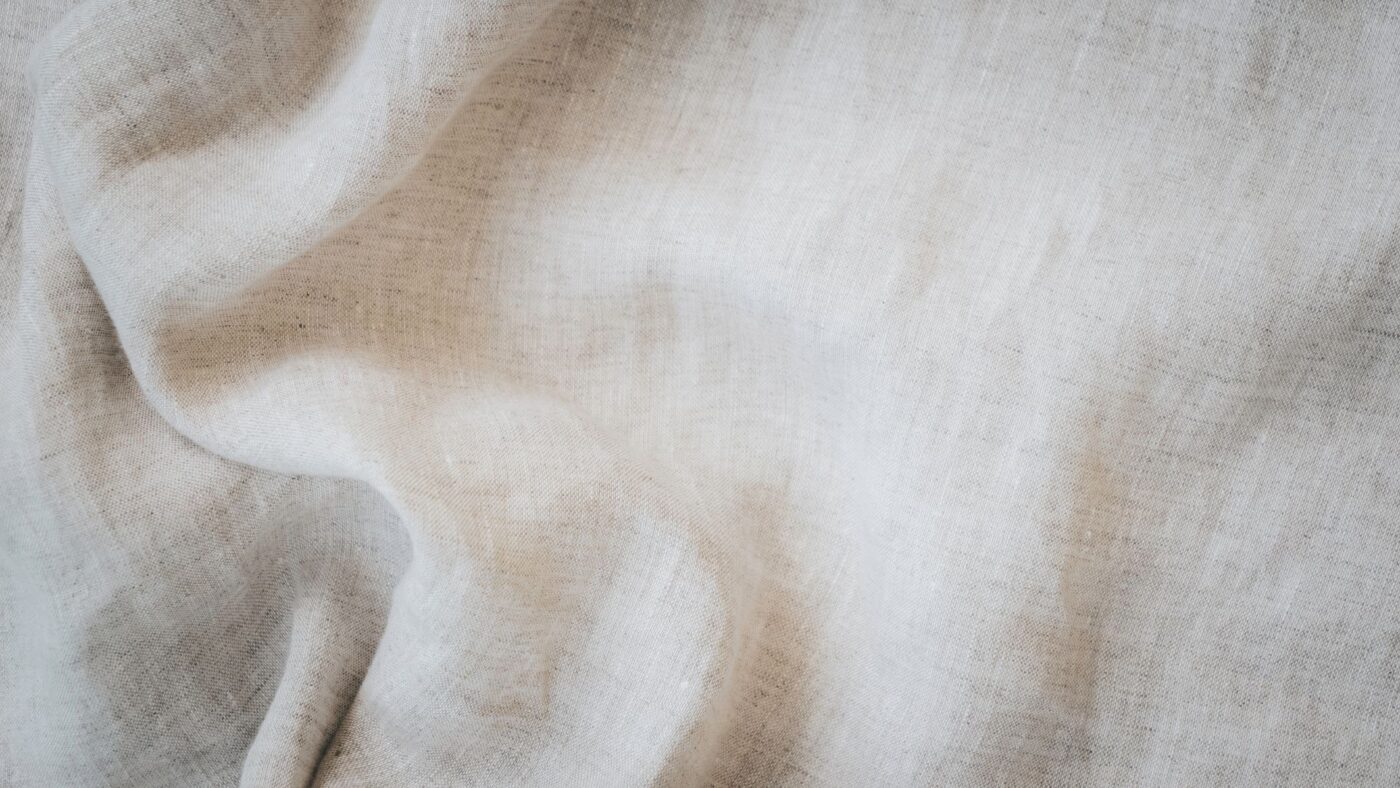
Raw silk is unprocessed and retains its natural texture, resulting in a slightly rough and irregular surface.
It is commonly used in casual wear, rustic designs, and eco-friendly fashion.
Raw silk’s organic and earthy feel appeals to those who value sustainability and authenticity.
Habotai Silk
Habotai silk, also known as “China silk,” is lightweight, smooth, and soft, with a subtle sheen.
This fabric is often used for linings, lightweight blouses, and scarves.
Habotai silk is one of the most affordable types of silk, making it accessible for everyday use.
Dupioni Silk
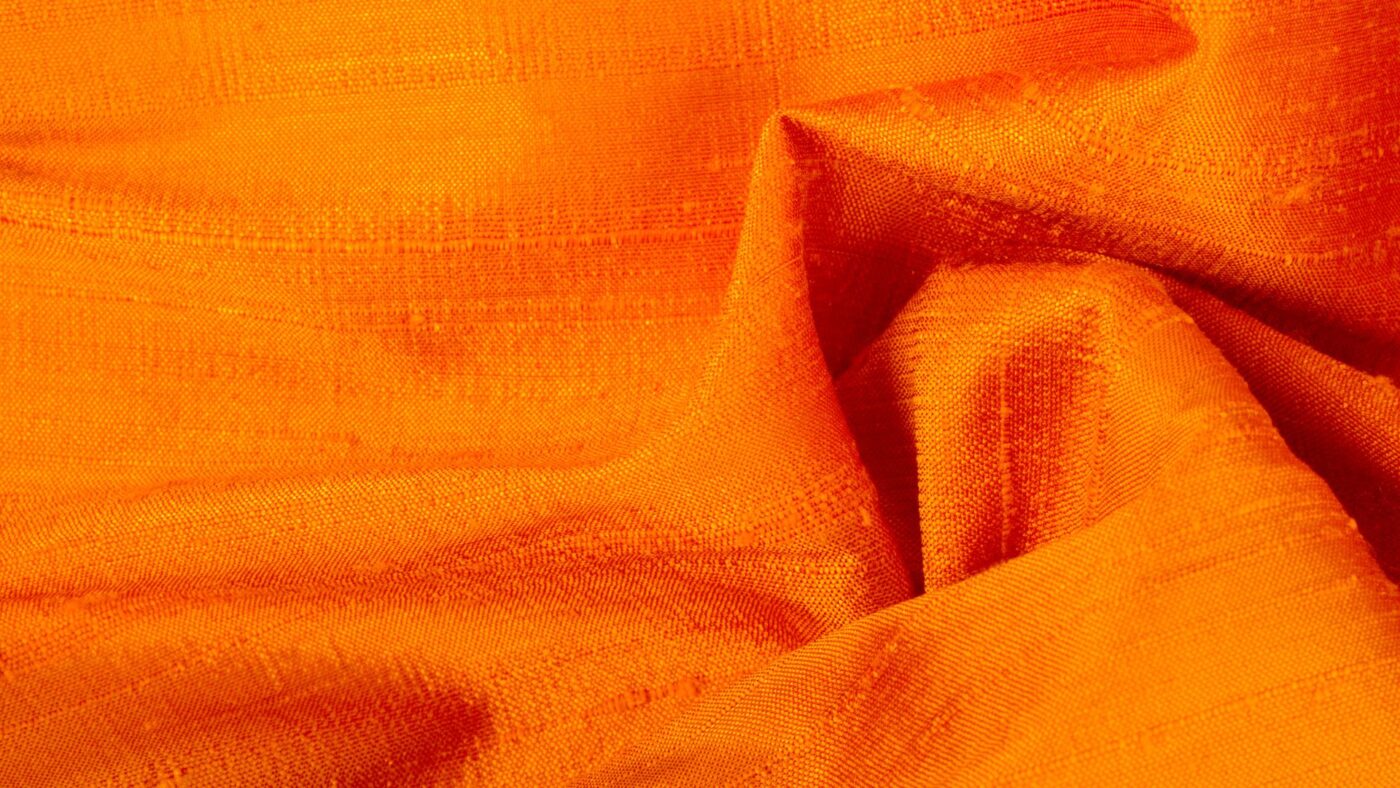
Dupioni silk is tightly woven, with a slightly rough texture and visible slubs (natural imperfections) that add character.
It is popular for wedding dresses, formal wear, and traditional garments like Vietnamese ao dai.
Dupioni silk’s durability and unique texture make it perfect for structured designs.
How to Choose the Right Types of Silk Fabrics
Choosing the right types of silk fabrics depends largely on its intended use. Here are some tips to help you decide:
For Everyday Wear
Choose lightweight and breathable fabrics like Habotai or chiffon silk.
For Formal Events
Satin, taffeta, or jacquard silk offer an elegant and sophisticated look.
For Traditional Wear
Satin silk and jacquard silk are favorites for ao dai, as they enhance the elegance and cultural significance of the garment.
For Bridal Wear
Organza, taffeta, or chiffon silk add glamour and volume to wedding dresses.
The Beauty of Ao Dai and Satin Silk

The Vietnamese ao dai is a timeless representation of elegance, and satin silk is one of the most popular fabrics used to craft these beautiful garments. The smooth texture and natural sheen of satin silk accentuate the graceful lines of the ao dai, making it a perfect choice for weddings, cultural celebrations, and formal events.
If you’re looking to experience the beauty of ao dai crafted from luxurious satin silk, check out our exclusive collection here.
Caring for Silk Fabrics

To maintain the beauty and longevity of your silk garments, follow these tips:
- Wash by Hand: Use cold water and a gentle detergent.
- Avoid Sunlight: Silk is sensitive to UV rays, which can weaken the fibers.
- Iron with Care: Use a low heat setting and a pressing cloth to protect the fabric. Proper care ensures your silk pieces remain stunning for years to come.
Conclusion
Silk is more than just a fabric—it’s a symbol of luxury, elegance, and timeless beauty. With so many types of silk fabrics to choose from, each offering unique qualities, there’s a perfect silk for every occasion. From the smooth sophistication of satin silk to the rustic charm of raw silk, the versatility of this fabric is unmatched.
Whether you’re shopping for a stunning ao dai, a glamorous evening gown, or an everyday blouse, understanding the different types of silk will help you make an informed choice. Embrace the beauty of silk and let it elevate your wardrobe today!

